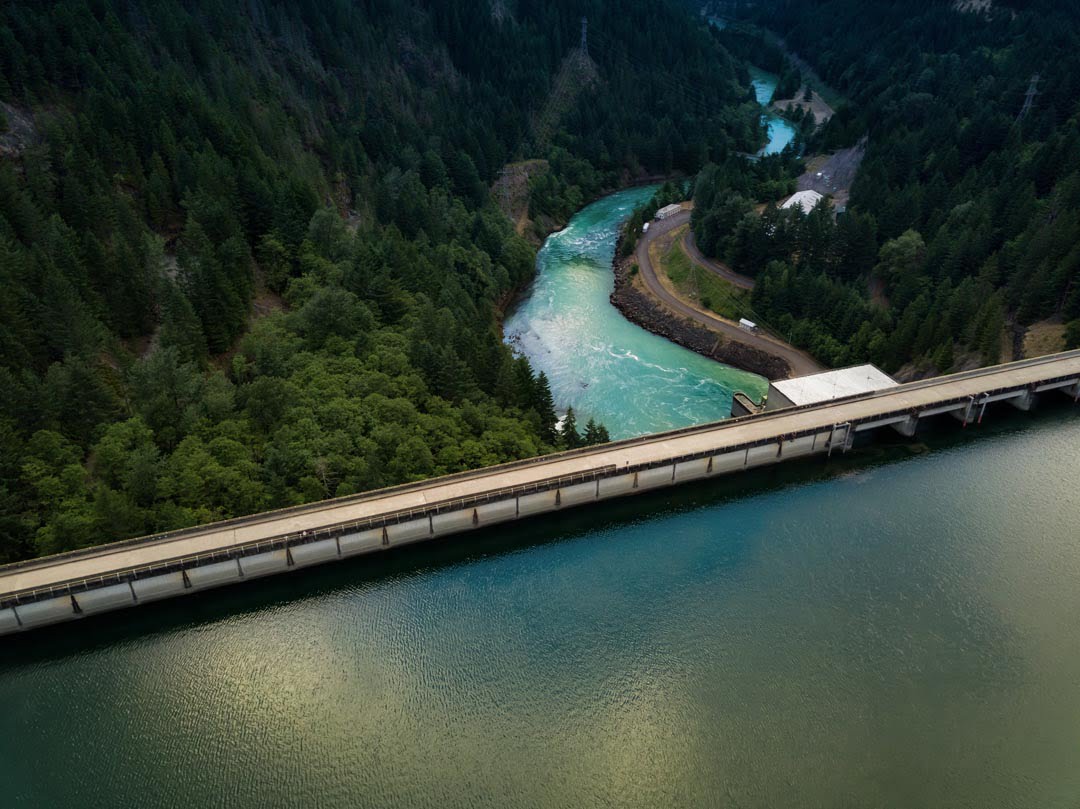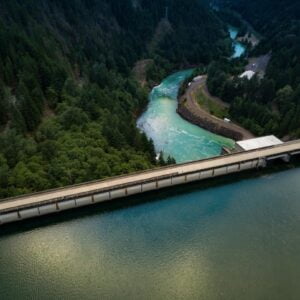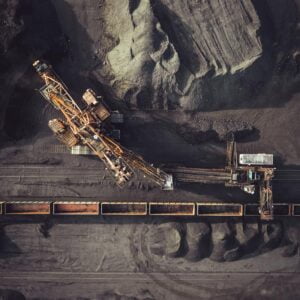Smooth your transition from project to operation.
The transition of new and upgraded assets from project to operations is a critical phase in any project. If not performed successfully, then ramp up to full operational capability and production targets will be delayed, cost targets will not be met, and quality, safety and environmental risks are intensified. In large process industries, such as mining, mineral processing, oil and gas, petrochemicals and chemicals, the financial implications of delayed ramp-up to full production can be enormous.
The groundwork for smooth transition from project to operations is laid early in the project. Operational and maintenance readiness activities take various forms during different stages of any project and apply to both greenfield and brownfield projects.
Estimating costs
In the pre-feasibility and feasibility stages of a project, operational readiness activities may focus largely on ensuring that estimates are realistic when preparing the business case. These estimates may include those for:
- Ongoing operating costs
- Ongoing maintenance costs
- Manning levels for operations, maintenance and support staff
- Costs required for developing, documenting and establishing the management operating system
- Costs required for developing operating procedures and work instructions
- Costs required for developing the preventive maintenance program and associated work instructions
- Costs for procurement, storage and maintenance of spare parts
- Costs for procuring, configuring and implementing necessary IT systems
Common operational readiness activities
As the project progresses through more detailed engineering and design and into construction and commissioning, operational readiness activities become more detailed, and activities will need to include consideration of:
- Strategic planning and business management
- Establishing corporate objectives and the desired business culture
- Establishing an outsourcing strategy
- Assuring legal compliance
- Establishing risk management processes
- Establishing management of change processes
- Contingency planning and disaster recovery
- Asset management
- Establishing asset management objectives, Strategic Asset Management Plans (SAMPs) and asset management plans
- Aligning with ISO 55001 or other good practice asset management frameworks
- Maintenance management
- Selecting and implementing a Computerised Maintenance Management System (CMMS) or Enterprise Resource Planning (ERP) system
- Establishing an asset register and hierarchy
- Developing and documenting maintenance strategies and preventive maintenance tasks
- Developing shutdown strategies
- Establishing site workshop facilities
- Developing and documenting maintenance work management systems
- Spare parts, procurement and logistics
- Establishing spare parts, procurement and logistics management processes
- Identifying spare parts requirements, spare parts cataloguing and establishing optimum spare parts levels
- Establishing spare parts warehouses
- Operations management
- Establishing operational control processes and systems
- Contractor management
- Establishing contract management processes and systems
- Establishing all required support contracts
- Health, safety and environmental management
- Establishing health, safety and environmental management processes and systems
- Quality management
- Establishing quality management processes and systems
- Human resources
- Establishing the organisation structure, position descriptions, roles and responsibilities
- Developing and implementing a competence management process
- Developing and implementing a recruitment process
- Developing and implementing people management processes
- Establishing employee communication processes
- Finance and accounting
- Establishing operating and capital budgeting processes
- Establishing financial management and control processes
For smaller, brownfields projects, it may be that many of the above items require little or no consideration, but they should, nevertheless, be included on a checklist for consideration. One of the major challenges that exists is that specialist project engineers typically have little operational experience, and therefore getting input from people that do have that experience is vital.
How we can support you
Our consultants bring extensive operational experience and can assist your operational readiness activities and smooth the pathway from project to operations by:
- Establishing an operational readiness checklist and plan
- Developing initial estimates of maintenance costs during the early stages of major projects
- Establishing an asset management framework that aligns with ISO 55001
- Establishing asset management objectives, Strategic Asset Management Plans (SAMPs) and asset management plans
- Selecting and implementing a Computerised Maintenance Management System (CMMS) or Enterprise Resource Planning (ERP) system
- Establishing an asset register and hierarchy
- Developing and documenting maintenance strategies and preventive maintenance tasks
- Developing shutdown strategies
- Developing and documenting maintenance work management systems
- Establishing spare parts management processes
- Identifying spare parts requirements, spare parts cataloguing and establishing optimum spare parts levels
- Establishing the maintenance and reliability organisation structure, position descriptions, roles and responsibilities
Related case studies
Let’s establish your maintenance and operational processes.
We can support and guide you through the transition from project to operation. To find out more about our capabilities with regards to establishing maintenance and operational readiness, feel free to view the case studies above, or contact us for an obligation-free discussion.
Our reliability training courses
Do you need to expand the reliability capabilities of your team? Our training facilitators are experienced in establishing maintenance and operational readiness for a range of industries, and can train your workforce to ensure best practice.
-
 RCM & PMO for Team MembersOriginal price was: $2,150.00.$1,935.00Current price is: $1,935.00.
RCM & PMO for Team MembersOriginal price was: $2,150.00.$1,935.00Current price is: $1,935.00. -
 Reliability Excellence FundamentalsOriginal price was: $4,795.00.$4,315.50Current price is: $4,315.50.
Reliability Excellence FundamentalsOriginal price was: $4,795.00.$4,315.50Current price is: $4,315.50. -
 Root Cause Analysis for Team MembersOriginal price was: $2,150.00.$1,935.00Current price is: $1,935.00.
Root Cause Analysis for Team MembersOriginal price was: $2,150.00.$1,935.00Current price is: $1,935.00. -
 Introduction to Reliability ImprovementOriginal price was: $1,075.00.$967.50Current price is: $967.50.
Introduction to Reliability ImprovementOriginal price was: $1,075.00.$967.50Current price is: $967.50.
Our operational readiness articles




